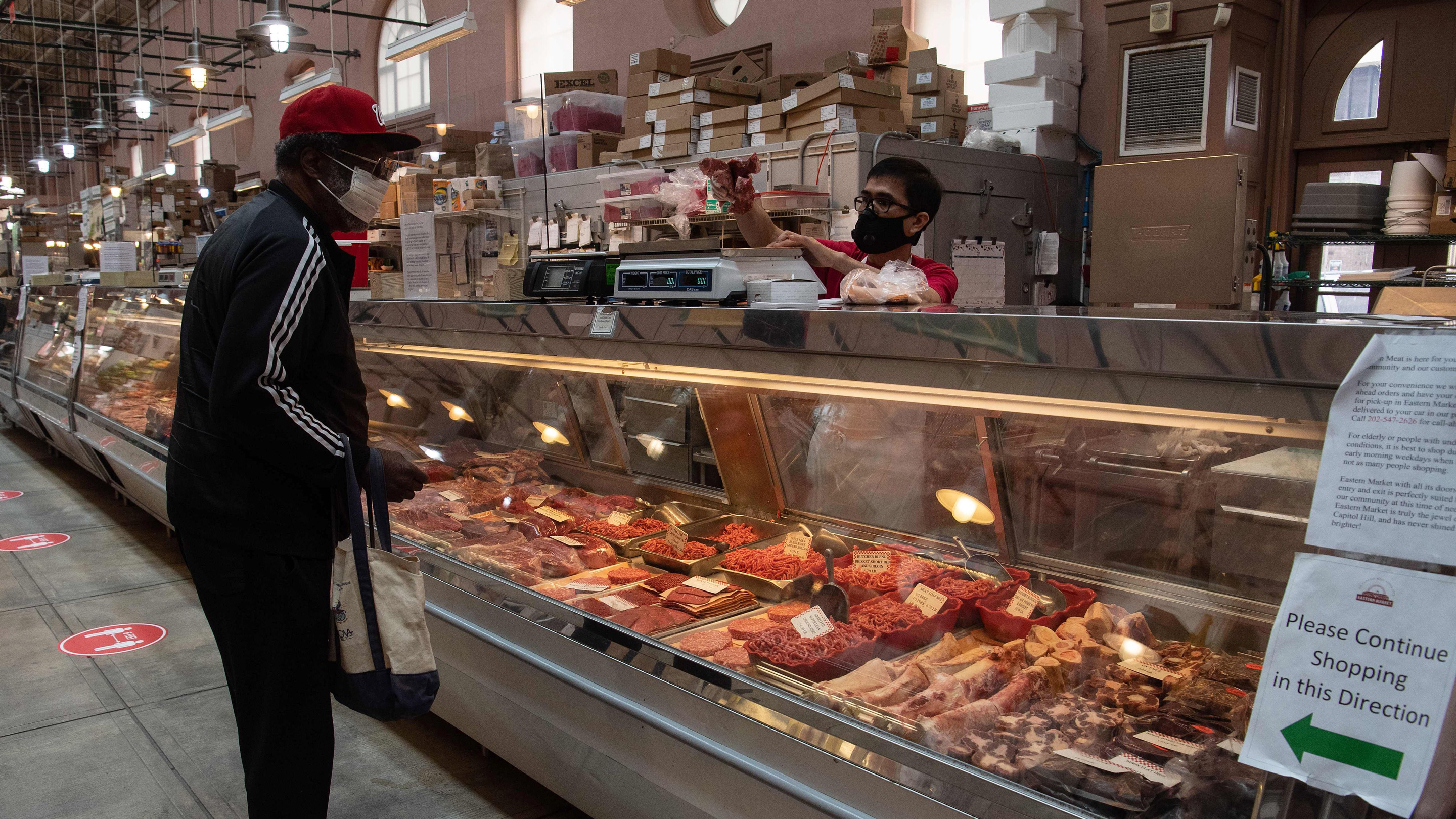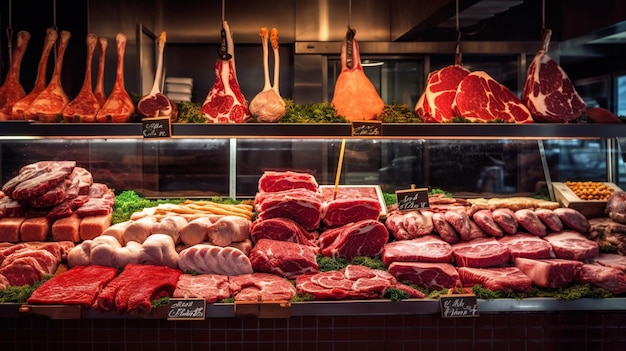From Farm to Table: Accepting the Custom of Meat Markets and Butcheries
In a period controlled by ease and mass manufacturing, there exists a quiet revolution happening in the culinary world - a return to the roots of food sourcing through the tradition of meat markets and butcheries. These establishments, frequently neglected in the shadow of supermarkets, are experiencing a resurgence as discerning consumers seek quality, traceability, and a link to the beginnings of their food. What is driving this change back to the methods of old? The solution depends on the junction of heritage practices, moral factors to consider, and a desire for a more genuine gastronomic experience.
The Resurgence of Meat Markets
The rebirth of meat markets across various areas suggests a change towards a renewed recognition for locally sourced, top quality meats. Recently, consumers have actually ended up being more aware of the origins of their food, leading to an expanding demand for transparency and sustainability in the meat market. This trend has actually led the way for the revival of traditional meat markets and butcheries, where clients can directly interact with educated butchers and source their meat from neighboring farms.
Among the vital driving factors behind this renewal is the desire for better and fresher products. By acquiring meat from local markets, consumers can make certain that they are getting fresh cuts that have actually not taken a trip long ranges or been being in storage for prolonged durations. Additionally, supporting neighborhood meat markets helps reinforce the neighborhood economy and promotes neighborhood links.
Moreover, the renewal of meat markets straightens with the broader movement in the direction of sustaining small farmers and sustainable agricultural methods. By selecting to acquire from these establishments, consumers are not only improving top quality meat yet also adding to a much more ethical and ecologically pleasant food system.
Craftsmanship in Butcheries
With the revival of meat markets highlighting high quality and sustainability, the focus moves towards acknowledging the elaborate craftsmanship displayed in modern butcheries. Craftsmanship in butcheries surpasses simply reducing meat; it symbolizes a deep-rooted tradition of competence and precision in managing different cuts of meat - Bagley Farms Meat Market. Butchers, frequently trained for years, have a riches of understanding on the anatomy of pets, blade skills, and the art of breaking down carcasses successfully
In modern-day butcheries, craftsmanship is apparent in the way butchers thoroughly source their meat, making certain high criteria of high quality and moral methods. They take pride in understanding the provenance of the meat they offer, working very closely with regional farmers and providers to offer consumers full transparency and traceability.

Locally Sourced Meat Quality
Amid the growing rate of interest in sustainable methods, a concentrate on in your area sourced meat high quality has actually come to be significantly prominent in the meat market sector. Customers are significantly looking for openness in the sourcing and manufacturing of their meat, bring about a rise in need for locally raised and refined meats.
In your area sourced meat supplies countless advantages, including fresher products, assistance for neighborhood farmers, and lowered ecological effect because of reduced transportation distances. By acquiring meat from neighboring ranches and butcheries, consumers can have much more confidence in the quality and safety of the items they are acquiring.
In addition, in your area sourced meat commonly comes from animals that have actually been increased in much more humane problems, with a concentrate on animal well-being and sustainable farming practices. This moral technique to meat production reverberates with lots of consumers that are worried regarding the origins of their food and its influence on the atmosphere.
Farm-to-Table Shopping Experience
In the world of locally sourced meat top quality, the farm-to-table buying experience provides customers a straight connection to the beginnings of their food. This special purchasing experience enables customers to map the journey of their meat, from the ranch where the pets were increased to the table where it will be appreciated. By involving in farm-to-table buying, individuals can gain a much deeper understanding of the farming methods, pet well-being criteria, and sustainability efforts entailed in producing their meat.

Practice Satisfies Modern Culture


The convergence of traditional meat markets and butcheries with modern society presents a special possibility for the conservation of artisanal techniques in a modern context. While modern-day innovations have actually changed different markets, the essence of conventional meat markets and butcheries remains deeply rooted in history and craftsmanship. This mix of practice and modernity permits for the extension of time-honored techniques while adapting to the demands and choices these days's consumers.
In today's hectic world, where benefit typically defeats high quality, there is a growing appreciation for the heritage and credibility that typical meat markets and butcheries use. Consumers are increasingly looking for transparency in the sourcing and production of their food, leading them back to the personalized solution and competence discovered in these establishments. The emphasis on sustainability and moral methods aligns with the worths supported by several standard meat markets and butcheries, fostering a feeling of community and obligation towards the atmosphere.
As society remains to evolve, the coalescence of custom and modernity in meat markets and butcheries not just makes sure the preservation of artisanal methods but likewise enriches the cooking landscape with a blend of heritage and technology.
Final Thought
In conclusion, the custom of meat markets and butcheries is experiencing a renewal in modern-day culture. These establishments provide locally sourced meat of high top quality, giving a farm-to-table shopping experience for consumers.
In an era dominated by comfort and mass manufacturing, there exists a silent change taking place in the culinary world - a return to the roots of food sourcing through the custom of meat markets and butcheries.The revival of meat markets throughout different areas shows a change in the direction of a restored admiration for in your area sourced, top quality meats.With the resurgence of meat markets emphasizing high quality Clicking Here and sustainability, the focus moves towards acknowledging the complex workmanship showed in contemporary butcheries. Craftsmanship in butcheries goes beyond just cutting meat; it embodies an ingrained custom of knowledge and precision in dealing with different cuts of meat.In today's busy globe, where comfort commonly outdoes top quality, there is an expanding gratitude for the heritage and authenticity that traditional meat Go Here markets and butcheries supply.